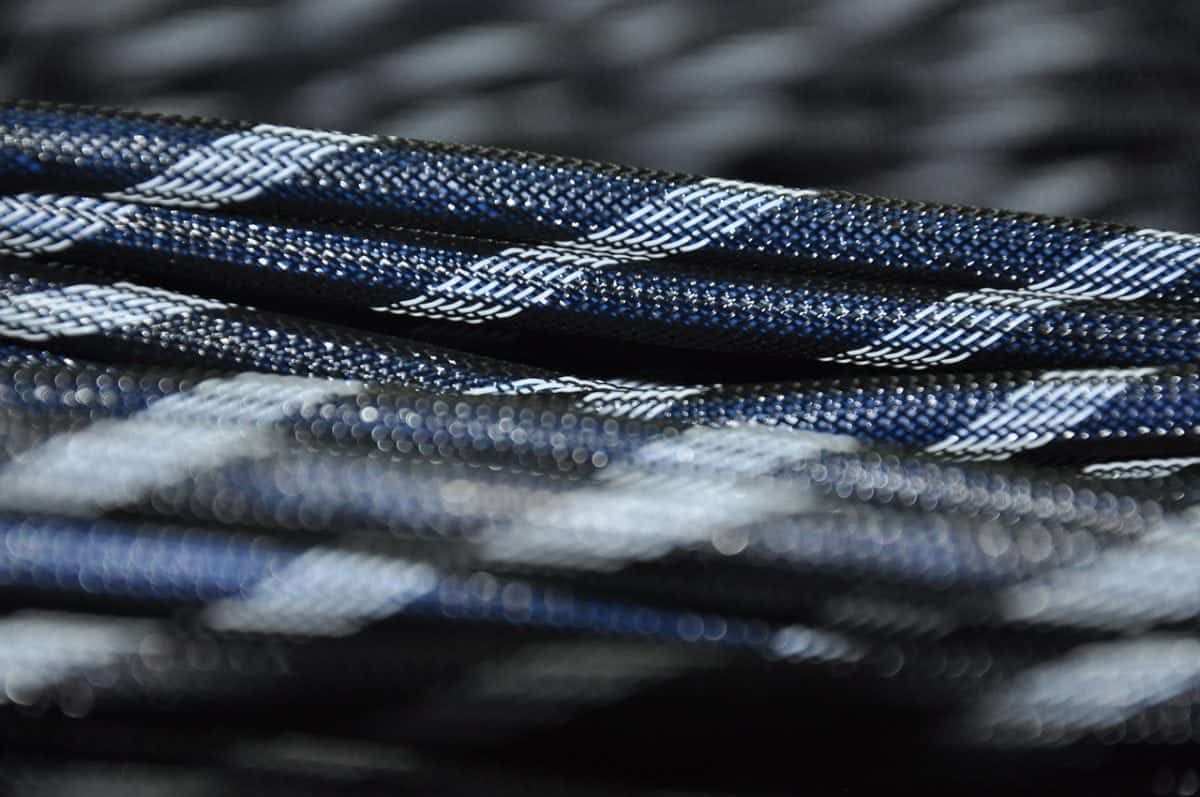
Gone are the days when you used to connect your electronic devices to the TV screen by using multiple cables which converted signals from analog to digital and vice versa for transmission.
HDMI technology has now made it easier to connect high-definition equipment.
HDMI stands for High Definition Multimedia Interface which is an All-Digital interface that carries signals in an uncompressed format. HDMI is being used by the entire consumer electronics industry now.
You can use these cables with pretty much every electronic device, some examples from our everyday use are as follows:
There are two types of HDMI cables, i.e. standard and high-speed cables. Standard cables are known as category 1 HDMI cables. They support a bandwidth up to 2.23 Gbps, performing at a pixel speed of 75 MHz and carry out uncompressed 1080i signals.
On the other hand, high-speed cables are known as Category 2 HDMI cables bearing a bandwidth of around 10.2 Gbps, operating at a pixel speed of 340 MHZ and can handle the latest 1440p and WQXGA resolutions.
The Advantages of Using HDMI Cables
• Better quality
The can display high quality audio and video. Plus, the frame rate is also a lot quicker than other options.
• Authentication
HDMI cables enable the authenticity of data by making sure that the devices are authorized to receive content sent by HDMI enabled sources only and people cannot pirate the content sent through the cables.
• Single cable solution
A single cable carries everything from audio to video and controls the data. You do not need multiple cables, which keeps everything under control.
• Signal incorruption
It lets digital signals to be stored, viewed and transmitted without any changes in the original content, whereas other media devices often ask for conversion.
• Intelligence
HDMI Interface enables two-way communication. It can help select the right video and audio format on its own, without you having to interfere. This is made possible by using Extended Display Identification Data.
• Deep Colors
It can display deep colors (over one billion). This allows you to enjoy a great output.
• CEC
Consumer Electronic Control is a communication networking link that allows all devices connected to HDMI cables to talk to each other. However, video signals can be turned off if you don’t want to communicate.
This feature can be very useful in the business world.
Disadvantages of HDMI
• Delays by Switching
Blank screen and fluttering can happen during the authentication process. This delay can result in a waste of time.
• Expensive
HDMI cables are more costly (per meter) than other alternatives. However, you can find affordable options from Koincable.com.
• Limitation of distance
Maximum distance for Category 2 HDMI cables is approximately 35 meters and for Category 2 HDMI cables it is up to 10 meters without extenders. This can make it difficult to connect certain devices.
• Multi-channel audio
Multi-channel sources can be transmitted by HDMI cables but it cannot transmit them along with two-channel stereo signals simultaneously. This leads to a problem when you have multiple room installations.
• CEC
This system can be a problem when all connected audio/video devices are controlled by a central control system. Some systems can get undetected, which can result in confusion.